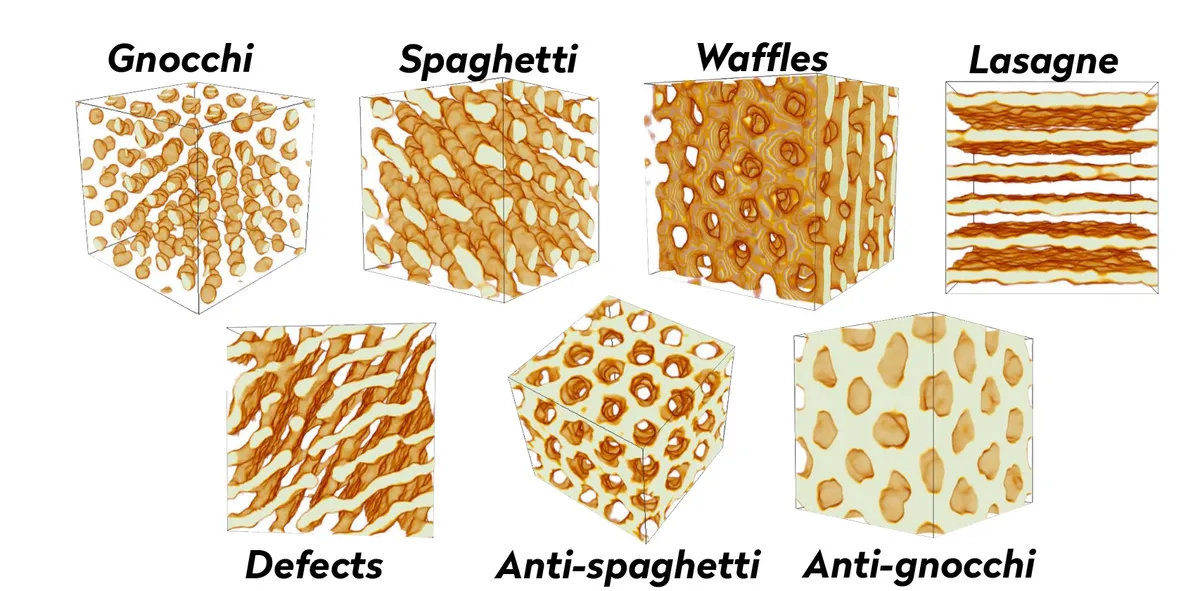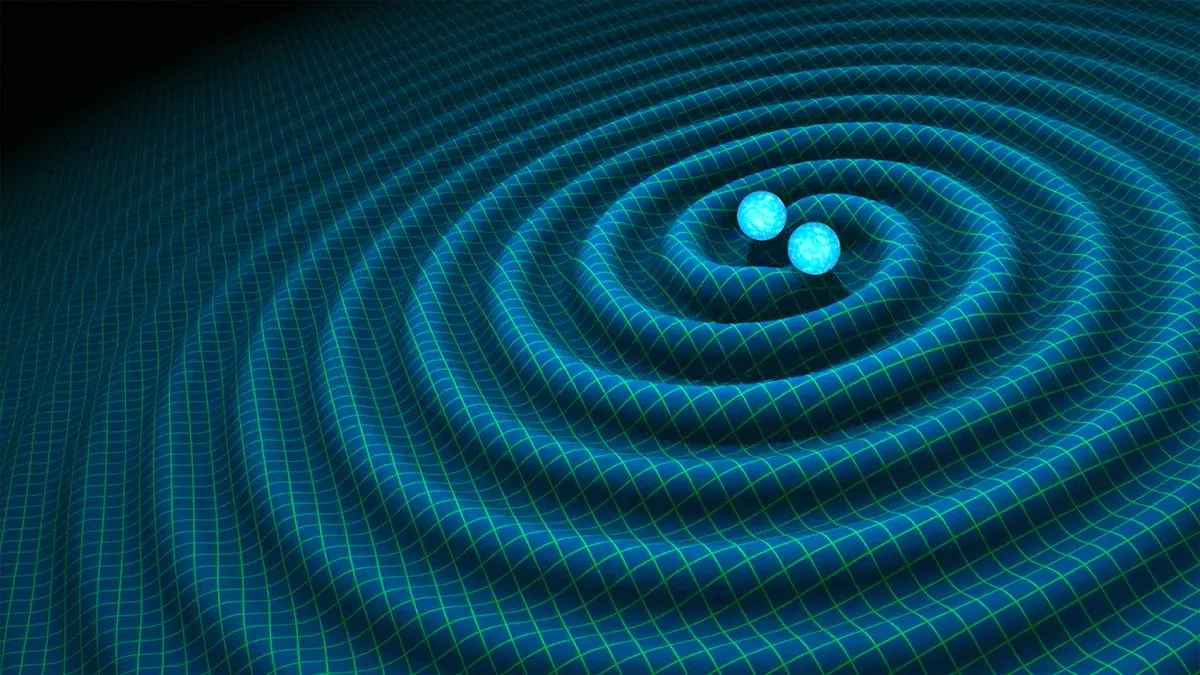Nuclear pasta is a hypothetical substance thought to be the strongest known substance in the Universe.
And the Universe is home to some pretty strange, seemingly unbelievable objects.
Among the most strangest are neutron stars. Out in deep space, there are dead stars that each contain more mass than our own Sun, squashed into an area the size of a city.
These objects are packed so tight with mass that a single teaspoon would be heavier than Mount Everest.
Neutron stars form when a medium-sized star approaches the end of its life and explodes in a violent process known as a supernova.
All that remains the dense core.
Many of us who are interested in space and astronomy will have heard of neutrons stars before, but have you ever heard of nuclear pasta?
What is nuclear pasta?

When you crush the mass of a star down to the size of a city you put the constituent material under extreme amounts of pressure.
The neutrons get distorted into structures of different shapes.
As they resemble different types of pasta, they have been named 'nuclear pasta'.
Nuclear pasta structures are 10 billion times stronger than steel; stronger even than diamond, making them the strongest known material in the Universe.
Near the surface of the neutron star, this ‘nuclear pasta’ takes the form of bubbles called gnocchi.
Go deeper and the growing pressure compacts the pasta into a shape more like spaghetti
Go deeper still and it is compressed into flat sheets of lasagne.

Although anti-spaghetti and anti-gnocchi are not pre-pasta courses, there are materials inside neutron stars with holes shaped like those types of pasta too.
The layers of nuclear pasta in a typical neutron star are about 100m thick, but still weigh more than 3,000 Earths.
So far nuclear pasta remains hypothetical, conjured into existence in the early 1980s and backed up in the last few years by highly detailed computer simulations.
But it is also thought to be unstable, meaning it could be producing ripples in space called gravitational waves.
If scientists could locate these it would back up the idea.
